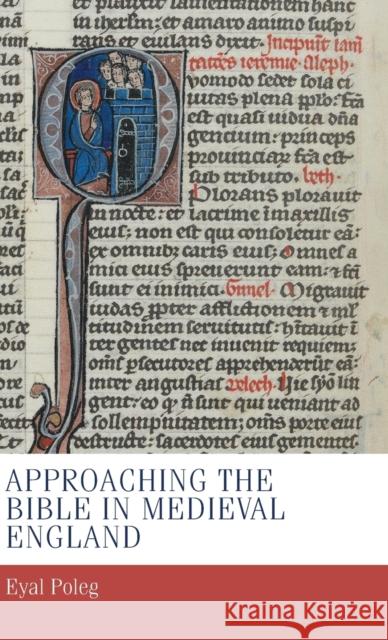Approaching the Bible in medieval England » książka
Approaching the Bible in medieval England
ISBN-13: 9780719089541 / Angielski / Twarda / 2013 / 288 str.
Approaching the Bible in medieval England
ISBN-13: 9780719089541 / Angielski / Twarda / 2013 / 288 str.
(netto: 413,10 VAT: 5%)
Najniższa cena z 30 dni: 431,97
ok. 30 dni roboczych
Dostawa w 2026 r.
Darmowa dostawa!
Paraphrases of Gregory the Great's dictum permeate scholarship on the medieval Bible, arguing that the Bible was known to the laity through image, through sermons or liturgy. This book traces the mechanisms and impact of such mediated knowledge. It demonstrates - through an extensive survey of biblical manuscripts, court records, sermon collections, visual images and liturgical rites - how the Bible assumed rhythm and image, locations and gestures; how means of transmission shared space and time, and complemented one another in shaping popular and elite perceptions of the biblical text. The dynamics of biblical mediation in thirteenth- and fourteenth-century England is explored in four manifestations of the medieval Bible: in liturgical processions Bible and audience were linked by a unique form of non-textual biblical exegesis; sacred books were used as icons in churches and courts of law, judged by their covers and valued for their antiquity; the innovative type of biblical manuscripts that emerged c.1230 employed ink and script, illumination and addenda, to portray a very specific view of the Bible; preachers - an important user-group of these manuscripts - brought the Bible to life while exploring its depths and complexities. This book will appeal to students of medieval culture and religion, as well as to those interested in the Bible and its reception. It argues that biblical mediation was far from means of clerical control, but rather a vital tool in bridging the impassable gap between society and the Scriptures it held dear.











